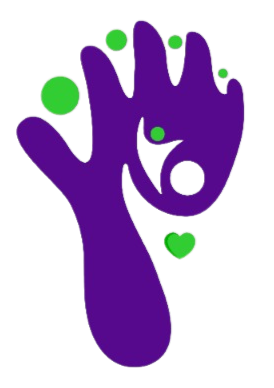Real Support For Non Verbal Children With Anxiety, Vision Loss, And Complex Needs
How Oakley Found Safety, Movement, And Calm Again
When Oakley came into care, he was covered in wounds. His cheeks, his forehead, even his nose, all bleeding. He sat most of the day, picking at his skin until it broke open.
If someone tried to stop him, he’d hurt himself harder. His family had tried everything. They’d seen other providers. They’d followed PBS plans.
Nothing had worked. Eventually, the only option they were left with was restrictive practice, tying his hands to stop him picking.
Jess knew that wasn’t the answer. “As I’m not a registered provider, I can’t use restrictive practice,” she explained. “So I told the parents, I’ll try my way.”
She didn’t charge them for the first few shifts. She just wanted time to observe and understand. “I needed to see what was happening and when. I didn’t want to break their trust. They were already under so much stress.”
What she noticed was this: Oakley picked more when he was anxious. Any small noise would trigger him. So Jess sat with her staff and came up with a different plan.
When Oakley came into care, he was covered in wounds. His cheeks, his forehead, even his nose, all bleeding. He sat most of the day, picking at his skin until it broke open.
If someone tried to stop him, he’d hurt himself harder. His family had tried everything. They’d seen other providers. They’d followed PBS plans.
Nothing had worked. Eventually, the only option they were left with was restrictive practice, tying his hands to stop him picking.
Jess knew that wasn’t the answer. “As I’m not a registered provider, I can’t use restrictive practice,” she explained. “So I told the parents, I’ll try my way.”
She didn’t charge them for the first few shifts. She just wanted time to observe and understand. “I needed to see what was happening and when. I didn’t want to break their trust. They were already under so much stress.”
What she noticed was this: Oakley picked more when he was anxious. Any small noise would trigger him. So Jess sat with her staff and came up with a different plan.
Helping Oakley Move Again: The Link Between Anxiety And Stillness
Before Oakley lost his vision, he used to walk, play, and move freely. But after that, something changed. “I think it traumatised him,” Jess said. “He couldn’t see what was in front of him.
So he just sat down. He stopped moving altogether.” Jess thought the stillness might be feeding the anxiety and the picking.
So the team started gently. First, just walking in his room. Holding hands. Going from one corner to the other. Then into the hallway. Then slowly, outside.
Step by step, Oakley began to move again. And with each step, something else happened, he picked less. “We were on the right track,” Jess said. “We noticed the change.”
No More Picking. No More Restraints. Just A Calm Body And A Safe Home.
Over time, Oakley started walking to the park. First with support, then on his own around the house. Now, he knows the layout. He knows where he’s safe.
“The picking has stopped completely,” Jess said. “He’s healing. There are no more wounds on his body.”
The injuries he had were deep, and some are still healing a year later. But the behaviour is gone. There’s no more hitting, no more harm. And most importantly, no more restraint.
“There’s been no restricted practice at all,” Jess shared. “And we don’t need it anymore. We found something better.”
Behind The Behaviour: Why Looking Deeper Can Make All The Difference
Oakley is non verbal. He can’t say when he’s scared or anxious. But that doesn’t mean he doesn’t feel it. “He’s been through a lot,” Jess said. “He lost his vision. He lost his father. A lot happened around him.”
Jess believes the behaviour came from fear. Not defiance. Not aggression. Just fear and overwhelm with nowhere to go.
“Sometimes, we need to stop assuming and start sitting with the person,” she said. “Just sit and really see them.” And that’s what they did.
Now Oakley moves more. Picks less. And lives in a home where people understand him for who he is, not just what he does.


